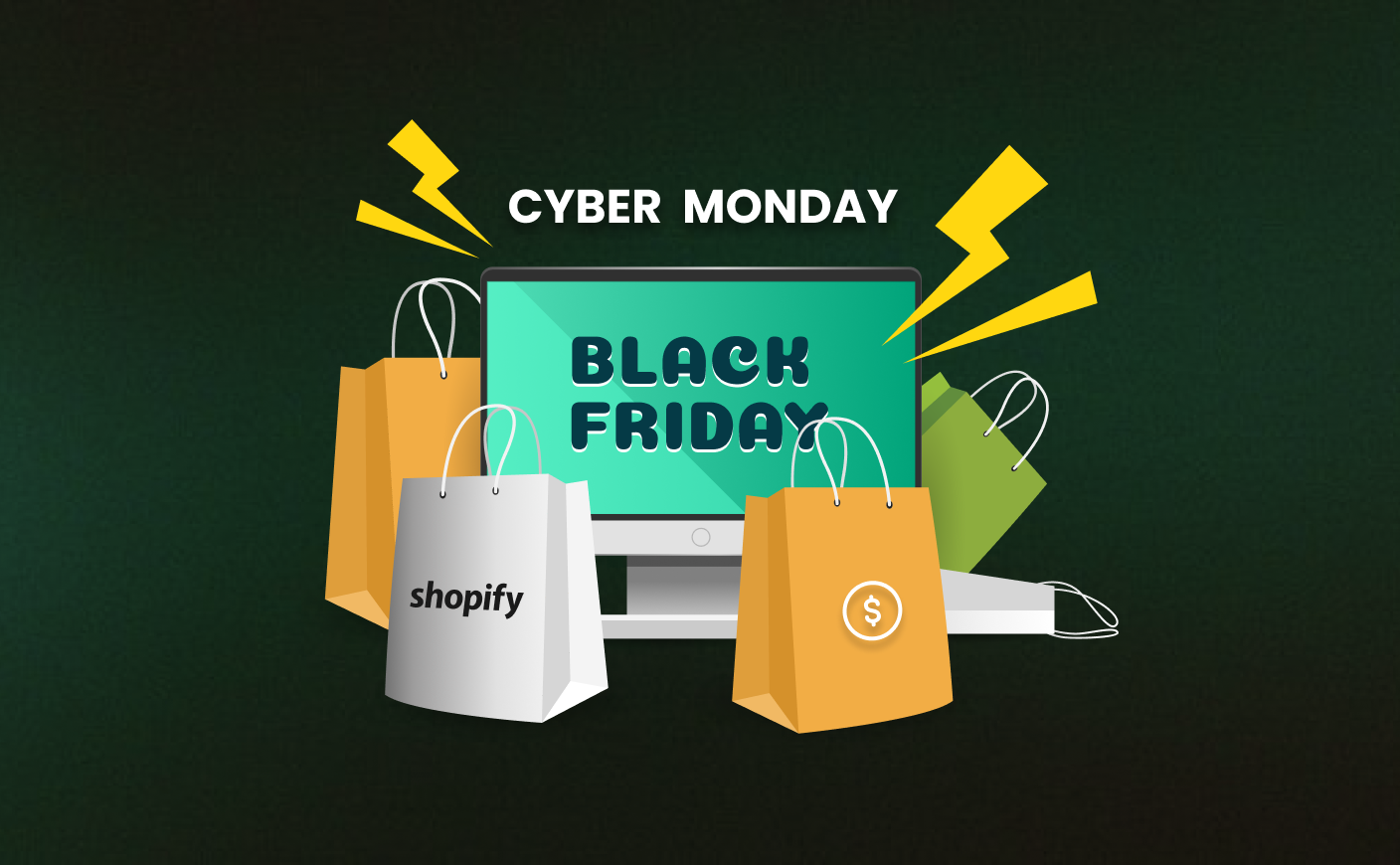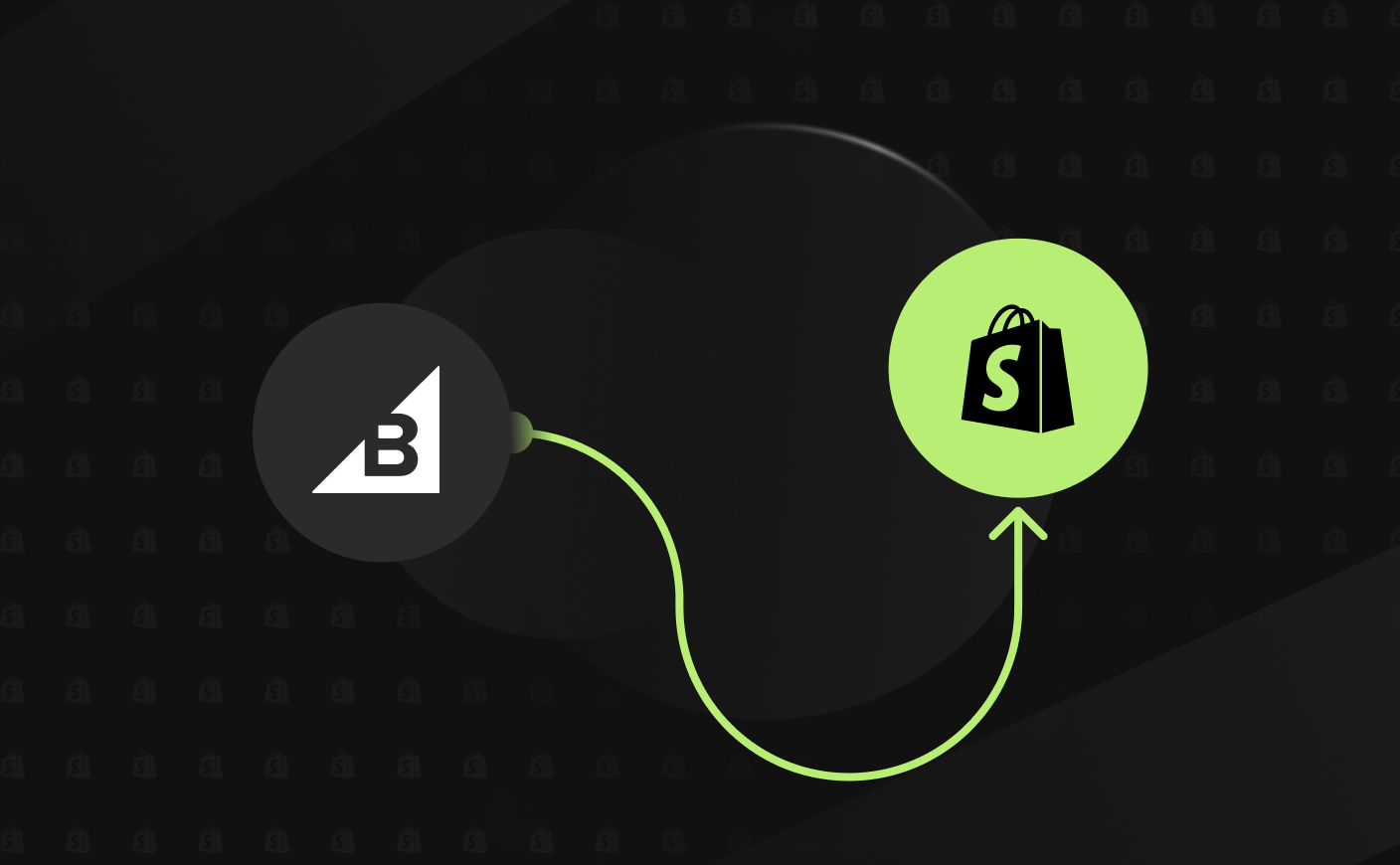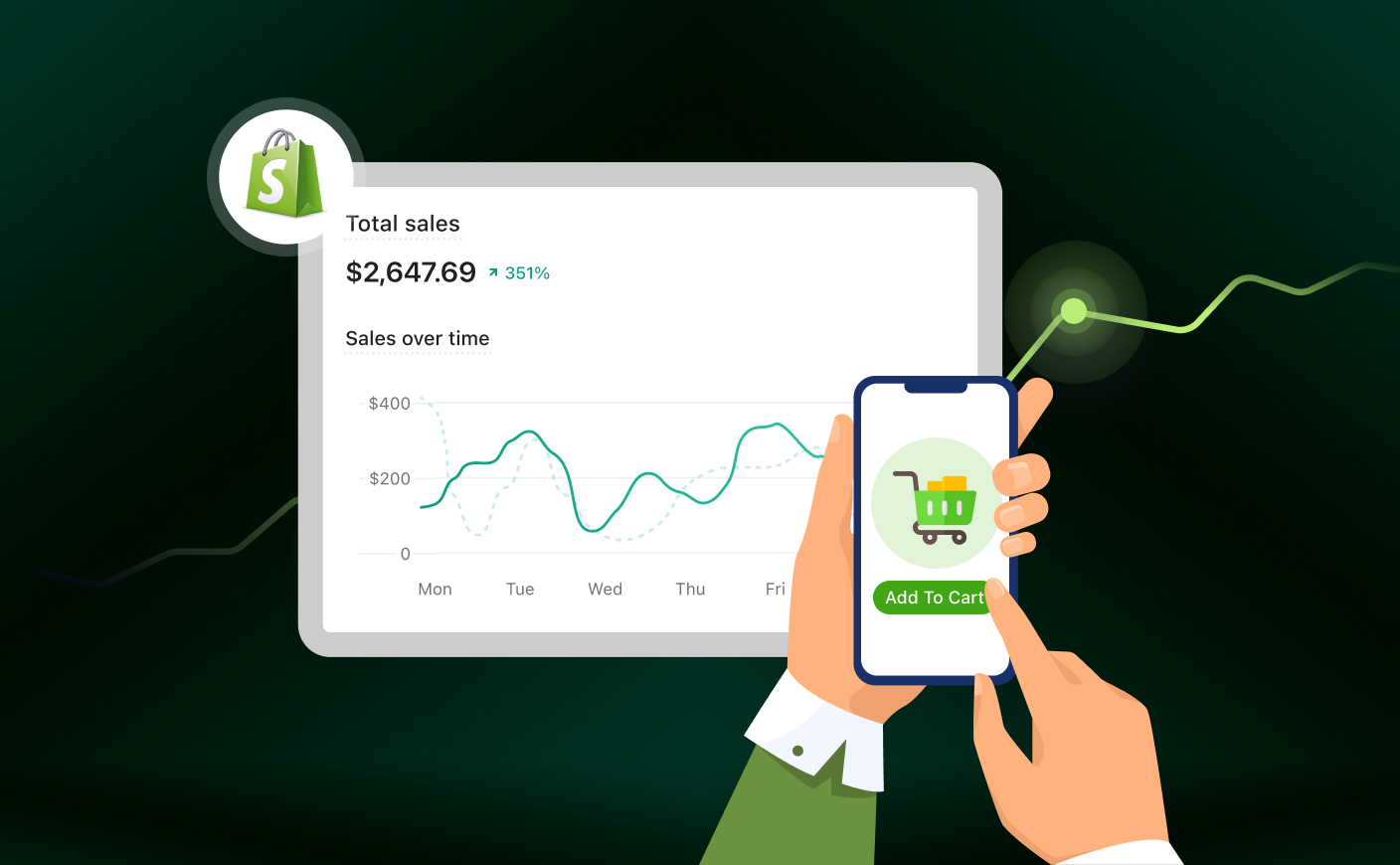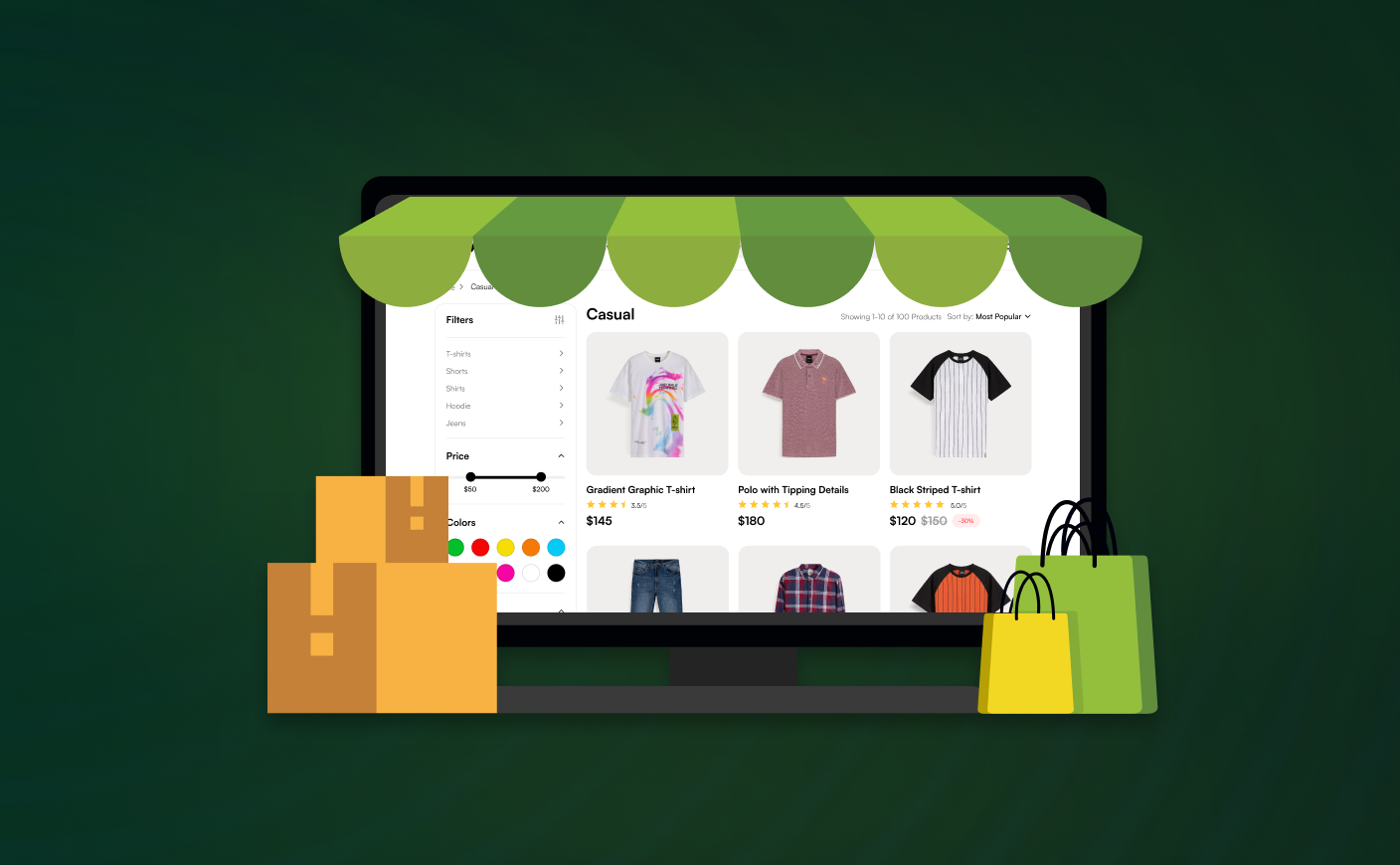Shopify and Blockchain: Leading the Secure Payment Revolution
blockchain
shopify

In 2024, ecommerce fraud led to significant financial losses for businesses and consumers alike. According to the Federal Trade Commission, consumers reported losing more than $12.5 billion to fraud in 2024, a 25% increase over the prior year. (source: federal trade commission)
Additionally, the ecommerce industry loses approximately $48 billion annually due to online payment fraud. These alarming figures highlight the urgent need for robust security measures in online transactions. (source: wisernotify)
Blockchain technology offers a promising solution to mitigate these challenges and enhance the security of ecommerce payments.
What Is Blockchain And Why Should You Care?
Let's define blockchain before discussing how it affects Shopify.
You can think of blockchain as a super secure digital ledger that records every transaction across multiple computers. Once a transaction is added, it’s locked in forever—unchangeable and transparent. That’s blockchain in a nutshell.
Each transaction is kept in a "block," which is then connected to the others to create an everlasting record. The decentralised aspect of blockchain, which means no one entity controls it, is what makes it so beautiful. As a result, hackers are almost unable to change or corrupt data.
So why does this matter for ecommerce? Because blockchain directly tackles some of the biggest frustrations online merchants face:
- No More Middlemen – Payments happen directly between buyers and sellers, cutting out banks and third-party processors (which means fewer fees!).
- Crystal Clear Transparency – Every transaction is publicly recorded, reducing fraud and building trust.
- Improved Security – The encrypted, tamper-proof nature of blockchain means your transactions are virtually immune to hacking or unauthorized changes.
Blockchain is not just another technical buzzword - it’s a real-world solution to payment fraud, high transaction fees, and trust issues in online shopping. And that’s exactly why it’s worth paying attention to.
The Current Challenges in Ecommerce Payments
Before blockchain technology entered in this scene, ecommerce payments had their fair share of issues. Let’s take a look at some of the common issues faced by Shopify merchants:
Transaction Frauds: Credit card frauds and chargebacks have been a persistent issue faced by many online sellers. Fraud not only leads to financial losses but also breaches a customer’s trust in the company.
High Transaction Fees: Payment processors such as PayPal or Stripe charge fees that can significantly affect merchants' profit margins. For instance, Stripe charges a standard fee of 2.9% per transaction, which can erode approximately 10% of a small business's profits.
Less Transparency: Traditional payment systems often involve complex fee structures, making it difficult for merchants to understand the true cost of each transaction. This opacity can lead to unexpected expenses and complicate financial planning.
Slow Cross-Border Payments: International transactions can be delayed due to intermediary banks and varying regulations across countries. These delays not only affect cash flow but also frustrate customers awaiting their orders.
This is where blockchain can make a significant difference.
How Blockchain Helps To Improve Payment Security?
Blockchain technology addresses these issues head-on, offering a secure, efficient, and transparent alternative. Here’s how:
Eliminates Intermediaries
Traditional payment methods were often dependent on third-party processors or banks, acting as a middlemen. Blockchain technology helps to remove the need for any intermediary thus allowing the transaction to happen directly between a buyer and a seller. This not only helps to reduce costs but also speeds up the entire process.
Permanent Records
Once a transaction is recorded on the blockchain, it is impossible to make alternations in them. This ensures the integrity of transaction data, making it impossible for hackers to tamper with payment details.
Better Transparency
The decentralized ledger offered by the blockchain allows a transparent view of every transaction made. Both the parties involved in the process can see and verify the details thus fostering trust and accountability.
Cryptocurrency Payments
Blockchain enables the use of cryptocurrencies like Bitcoin, Ethereum, and stablecoins for online payments. These digital currencies offer fast, secure, and low-cost alternatives to traditional payment methods.
Also read: A guide to 7 popular Shopify payment gateways.
|
Security Feature |
Traditional Payments |
Blockchain Payments |
|
Intermediaries |
Banks, processors |
None (peer-to-peer) |
|
Data Tampering Risk |
Possible |
Impossible (immutable ledger) |
|
Transparency |
Limited, centralized |
Full, decentralized |
|
Fraud Protection |
Chargebacks, identity theft risks |
Cryptographic security, no chargebacks |
|
Payment Methods |
Credit/debit cards, bank transfers |
Crypto (Bitcoin, Ethereum, stablecoins) |
Shopify and Blockchain: The Perfect Pair
Now that we understand blockchain’s potential, let’s see how Shopify integrates with this technology to lead the secure payment revolution.
1. Accepting Cryptocurrency Payments
Shopify allows merchants to accept cryptocurrency payments through integrations with platforms like Coinbase Commerce, BitPay, and Crypto.com Pay. By enabling crypto payments, Shopify stores can:
- Attract tech-savvy customers.
- Offer lower transaction fees compared to credit card payments.
- Reduce the risk of chargebacks since crypto transactions are irreversible.
- Transactional Smart Contracts
Smart contracts are self-executing agreements built on blockchain. By automating payment procedures with smart contracts, Shopify retailers can make sure that money is only issued when predetermined criteria are fulfilled. To protect both the buyer and the supplier, a smart contract can, for instance, withhold payment until an order is delivered.
- Decentralized Verification of Identity
Blockchain technology can be used by Shopify merchants to securely verify their identities. Customers can authenticate themselves using blockchain-based IDs without disclosing private information. This increases consumer trust and reduces the possibility of identity theft.
- Supply Chain Transparency
Blockchain is just not used for ensuring secure payments - but they are also for improving supply chain management. Shopify merchants can use this technology to track products from manufacturers to consumers, thus ensuring ethical sourcing. This is particularly helpful for industries such as fashion, electronics, or food.
Real-Life Examples of Blockchain in Action
Let's examine some actual cases of Shopify merchants using blockchain technology to transform their online stores.
Overstock
Overstock was one of the first online retailers to take cryptocurrency payments . By doing this, they have significantly lowered their payment processing fees and drawn in a devoted clientele of cryptocurrency enthusiasts.
OpenBazaar
OpenBazaar is an open-source marketplace that facilitates peer-to-peer transactions without the need for middlemen by using blockchain technology. For sellers, this strategy offers reduced transaction costs and total transparency.
Non-fungible tokens (NFTs)
Some Shopify merchants are diving into the world of non-fungible tokens (NFTs), using blockchain to sell digital art, music, and collectibles. This innovative approach not only diversifies revenue streams but also leverages blockchain’s secure payment capabilities.
Pros & Cons of Integrating Blockchain with Shopify
Integrating blockchain technology into Shopify presents both significant advantages and notable challenges. Here's a detailed examination of them.
Pros
Enhanced Security and Transparency - Blockchain's decentralized ledger ensures that all transactions are immutable and transparent, reducing the risk of fraud and chargebacks. Additionally, it enables product tracking from origin to consumer, ensuring authenticity and fostering trust.
Cost Reduction - By eliminating intermediaries, it can reduce transaction fees, potentially increasing profit margins for merchants.
Access to New Customer Segments - Accepting cryptocurrencies can attract tech-savvy customers who prefer using digital assets for transactions.
Cons
Technical Complexity - Integrating blockchain requires technical expertise, which may be daunting for merchants unfamiliar with the technology.
Cryptocurrency Volatility: Cryptocurrencies are highly volatile, with Bitcoin’s 30-day historical volatility reaching up to 9% during bull markets (Source: Nasdaq). This unpredictability can result in significant financial risks for both merchants and customers.
Regulatory Uncertainty - The rapidly changing regulatory environment surrounding blockchain and cryptocurrencies can create uncertainty for businesses.
Market Risks - The cryptocurrency market has experienced significant downturns, with over $800 billion wiped off the global cryptocurrency market. (Source: Financial Times)
|
Feature |
Traditional Payments |
Blockchain Payments |
|
Transaction Fees |
Typically 2-3% |
Often <1% |
|
Processing Time |
1-3 business days |
Near-instant |
|
Security |
Susceptible to fraud |
Highly secure |
|
Regulatory Clarity |
Well-established |
Evolving |
|
Currency Stability |
Stable |
Volatile |
Future of Shopify and Blockchain
Although Shopify and blockchain are still in the early phases of their collaboration, things appear to be going well. Here’s what we can expect in the coming years:
Wider Adoption of Crypto Payments
As cryptocurrencies become more mainstream, more Shopify merchants will adopt them as a payment option. This will draw in more clients and lessen dependency on conventional payment processors.
Decentralized Finance (DeFi) Integration
To further improve their business operations, Shopify merchants could use DeFi platforms to have access to decentralised loans, crowdfunding, and other financial services.
Blockchain-Powered Loyalty Initiatives
Consider a loyalty scheme in which each purchase earns users blockchain tokens. These tokens could be redeemed for discounts, creating a transparent and engaging rewards system.
Increased Focus on Privacy
With growing concerns about data privacy, Shopify may adopt blockchain solutions that give customers more control over their personal information.
How to Get Started with Blockchain on Shopify
If you’re ready to explore blockchain for your Shopify store, here are some steps to get started:
Understand the Basics of Blockchain & Crypto Payments
Before implementing, take some time to learn how blockchain works and why it’s beneficial for ecommerce. Read up on how cryptocurrency transactions function and the security advantages they offer.
Resources like CoinDesk and Cointelegraph provide regular updates on blockchain trends.
Choose a Blockchain Payment Gateway
Not all payment processors support crypto transactions, so you’ll need a blockchain-enabled gateway. Some of the most popular options include:
- BitPay – Supports Bitcoin, Ethereum, and other major cryptocurrencies.
- Coinbase Commerce – Seamlessly integrates with Shopify and offers instant crypto conversions.
- NOWPayments – Provides automatic crypto-to-fiat conversion, reducing volatility risks.
Most of these platforms offer Shopify plugins, making integration a breeze.
Set Up Your Payment Gateway on Shopify
Once you’ve picked a payment gateway, follow these steps to connect it to your store:
- Go to Shopify Admin > Settings > Payments
- Click Add Payment Method and search for your chosen crypto gateway
- Follow the instructions to link your merchant account
- Customize the settings, such as accepted cryptocurrencies and conversion options
Start Small – Offer Crypto as an Alternative Payment Method
You don’t have to go all in at once. Start by offering cryptocurrency as an additional payment option rather than replacing traditional methods. This allows you to test how your customers respond without disrupting your existing sales flow.
Educate Your Customers
Many shoppers may not be familiar with cryptocurrency payments, so providing clear instructions can help. Consider adding a FAQ section explaining:
- How to make a crypto payment
- Which cryptocurrencies you accept
- Whether refunds are available in crypto or fiat
Transparency builds trust and encourages customers to try this new payment method.
Monitor Crypto Market Trends & Regulations
Blockchain and cryptocurrency regulations are evolving, and price volatility is a factor. Keep an eye on industry trends and legal updates to ensure compliance. Websites like CryptoSlate and Nasdaq’s Crypto Section can help you stay informed.
Optimize and Expand Over Time
Once you’re comfortable, consider integrating smart contracts for automated transactions, using NFTs for exclusive deals, or even exploring blockchain-based loyalty programs. The possibilities are growing every day!
Final Thoughts
Shopify and blockchain are a match made in eCommerce heaven. Adopting blockchain technology enables Shopify merchants to provide safe, open, and effective payment options that foster client loyalty and trust.
It is more crucial than ever to keep ahead of the curve as we enter a future where digital payments will predominate. Whether you’re a seasoned Shopify merchant or just starting out, integrating blockchain into your store could be the game-changing move you need.
CrawlApps
At CrawlApps, we don’t just build Shopify stores—we create experiences that sell. We’re a bunch of problem-solvers who love turning ideas into stores that actually converts. Whether it’s fixing what’s broken or building something from scratch, we make sure every detail works in your favor. No fluff, no jargon—just real solutions that help your business grow. If you’re serious about Shopify, you’ll feel right at home with us.















